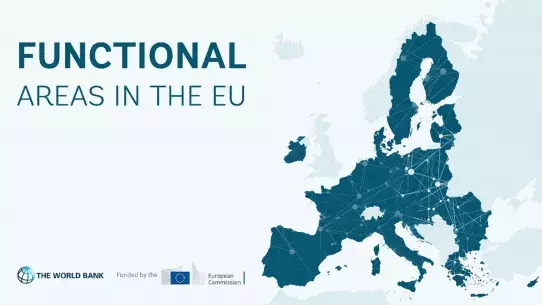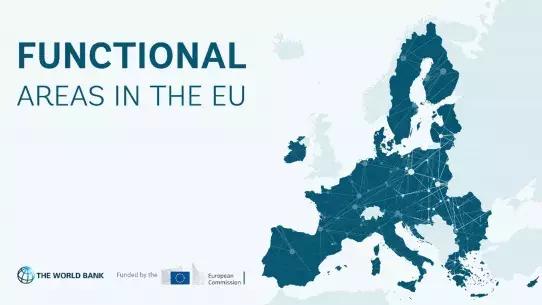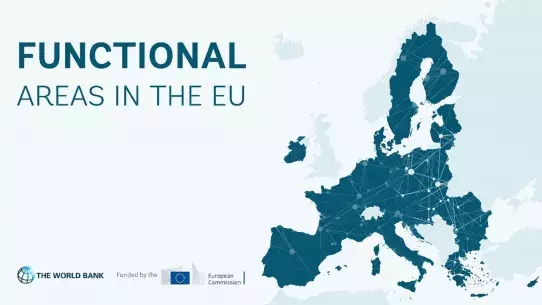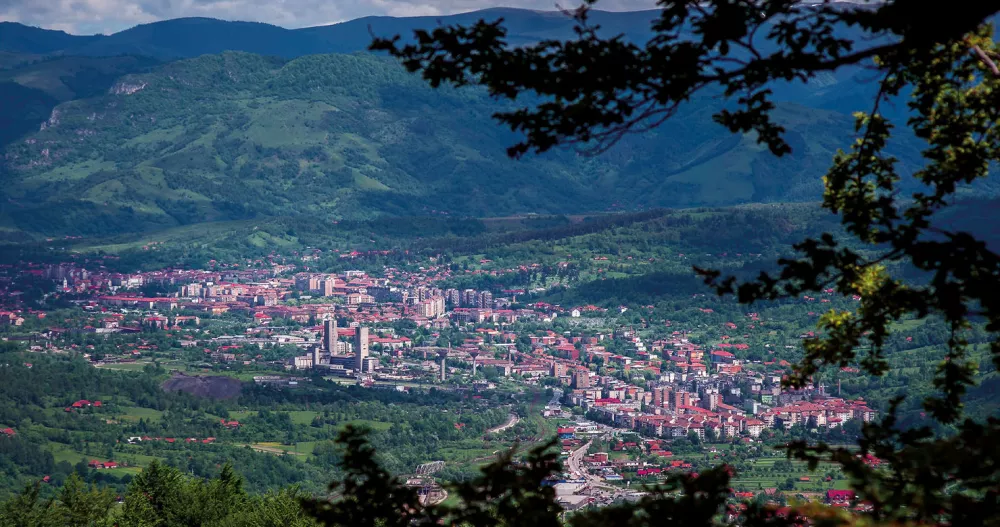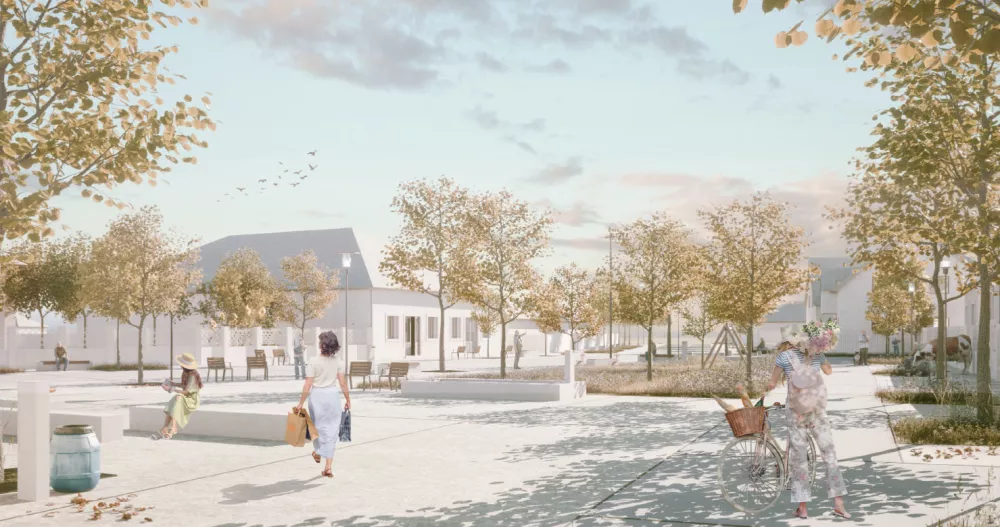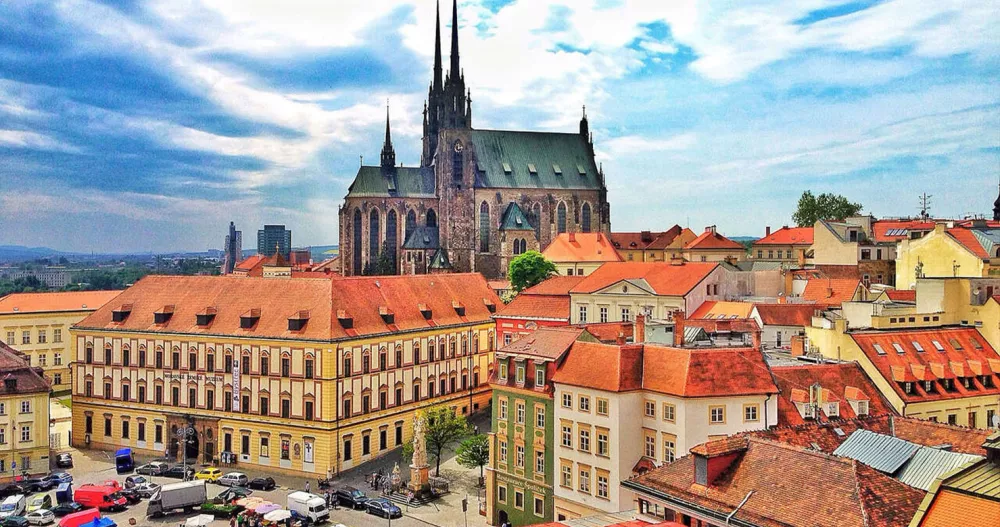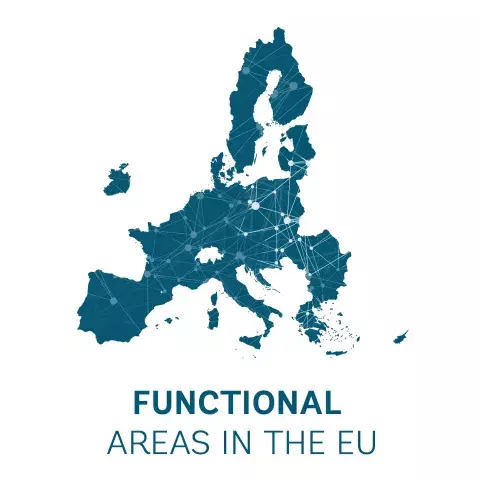GREEN MOBILITY | SPATIAL PLANNING | GOVERNANCE

Challenge
Improving traffic safety, better accessibility and promotion of public transport, measures to increase population mobility with strengthening the linkages between counties and the City of Zagreb, and measures to gradually restrict individual car traffic.
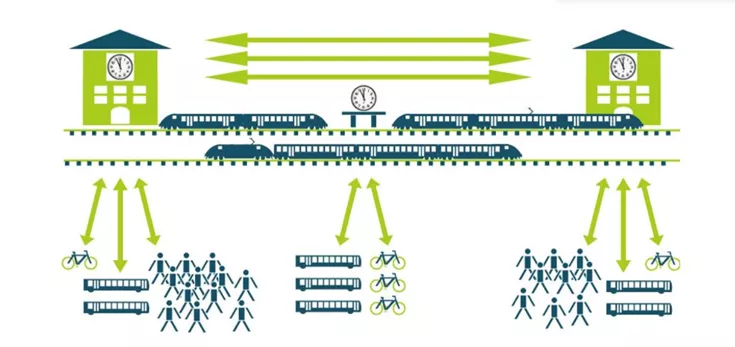
Solution
The Master Plan of the Transport System of the City of Zagreb, Zagreb County and Krapina-Zagorje County is the fundamental strategic document of the long-term development of traffic in the mentioned area, in which the area of Zagreb Urban Agglomeration represents a key part.
Through the project “Master Plan of the Transport System” it was set to explore the connection of social, economic, political and special transport elements in order to ensure adequate development in the coverage area. Transport as an important aspect of the functioning of space is crucial for the functioning and development of the economy and society as a whole. In an environment where old challenges remain and new ones emerge, the question to be answered is about responding to existing and future transport demand needs, while taking into account resource and environmental constraints. From the point of view of traffic planning, the Master Plan is a basic document for planning the development of the transport system in accordance with spatial possibilities, requirements of the economy and the needs of the population, with the development and improvement of environmentally friendly transport system and low noise emissions, and multi modal connections to promote sustainable regional and local mobility.
One of the initial tasks of the Master Plan project was to conduct an analysis of the state of the transport system in the observed region, including an analysis of the state of the public passenger transport system, so that a later stage of project development goals and measures could be defined.
The Master Plan of the Transport System contains the objectives and related measures defined in order to correct the existing shortcomings in the Transport System in the period up to 2030 and to offer appropriate guidelines and solutions, in order to achieve the following:
- Improving transport accessibility throughout the area through the development of an efficient and sustainable transport system;
- Enabled greater mobility of the population by using forms of transport that are environmentally, energetically and economically acceptable to society;
- Integration of transport subsystems through institutional, organisational and infrastructural improvements, with special emphasis on the integration of public transport systems;
- Increasing traffic safety;
- Ensuring environmental and social sustainability and energy efficiency of the transport system;
As part of the preparation of the 2nd phase of the Master Plan, a Strategic Environmental Assessment of the Master Plan was conducted.
The Strategic Environmental Assessment (hereinafter: SEA) was initiated and carried out simultaneously with the development of the Plan, with the basis for SEA being the preparation of the Strategic Environmental Assessment Study.
The purpose of the SEA is to prevent and mitigate possible significant environmental impacts that the Plan could have on the environment through its implementation. The results of the SEA (conclusions and recommendations) were taken into account when adopting the Master Plan. The procedure also included mandatory public consultation in accordance with the Regulation on Strategic Environmental Assessment of Strategies, Plans and Programs (Official Gazette No. 3/17).
The company Integrated Transport of the Zagreb Area Ltd. (IPZP) and its co-owners, who were also partners in the project City of Zagreb, Zagreb County and Krapina-Zagorje County, participated in the development of the 2nd phase of the Master Plan.
In accordance with the measures defined in the “Master Plan of the Transport System of the City of Zagreb, Zagreb County and Krapina-Zagorje County” and in accordance with the Master Plan Implementation Plan, improve traffic accessibility, improve modal traffic distribution, achieve greater attractiveness of public transport region (from the city of Zagreb to the surrounding suburbs and the whole region and vice versa), is planned to be achieved through the “Integration of Public Passenger Transport system” which primarily includes the following:
Inclusion of all cities and municipalities in the region in a single integrated transport system through a common tariff, through a harmonised organisation of public transport, mutually harmonised timetables and a harmonised level of quality of transport services;
Operational and organisational integration of all forms of public transport; rail, tram, bus, taxi and various alternative forms of movement (walking, cycling, e-mobility, etc.);
Application of one transport passenger ticket for the entire journey by public transport in the field of integration (in the integrated transport system);
Better informing of public transport users about timetables, tariffs, arrivals and departures of vehicles (in real time), through various communication channels (displays at stops and in vehicles, internet, mobile phone applications, other);
Greater availability of public transport services through optimally designed public transport network (optimization of existing public transport lines, abolition of parallel public transport lines, establishment of on-demand transport in sparsely populated parts of the region, shortening travel time due to synchronised public transport lines and optimal adapted transfer time passengers, other);
Achieving a favourable price of public transport through a sustainable financial model of costs and subsidies in the public passenger transport system;
Improving the supporting transport infrastructure of the public passenger transport system, which includes the following: modernization of public transport stops, construction and modernization of intermodal terminals, construction of parking lots for cars, bicycles and taxis next to railway stations, construction of bicycle paths connected to public transport stops. modernization of access to attitudes of persons with reduced mobility, etc.
Procurement of environmentally friendly public transport vehicles with reduced CO
The project was co-financed by the European Union from the Cohesion Fund.
- Environmental Protection;
- Improving modal transport distribution: reducing motorised and other modes of transport in favour of public transport, environmentally friendly and alternative modes of transport.
The project of the Master Plan of the Transport System of the City of Zagreb, Zagreb County and Krapina-Zagorje County was implemented through two phases of the project:
- phase of the Transport System Master Plan (October 2016 – January 2018): analysing of the current situation and development of the traffic model, collection of data on the current situation in the traffic system which included extensive traffic research, counting and surveys in traffic and analysis and processing these data with the help of the transport model, identification of problems and selection of hypotheses about the existing transport system, development of “do nothing” scenarios for the development of the transport system and preparation of SWOT analysis.
- phase of the Transport System Master Plan (February 2019 – April 2020): testing hypotheses and testing SWOT analysis, with the help of workshops with key stakeholders in the transport system defined list of objectives and list of measures and key performance indicators of individual objectives for improving the transport system.
Measures were defined for each transport branch, urban traffic and public passenger transport separately, and consist of infrastructural, operational and organisational measures and transport policy measures. A “do it all” scenario with time intervals for 2020, 2025 and 2030 has been created.
The “Do it all” scenario analysed and evaluated the planned projects in the observed region: based on the list of objectives and the list of measures, the Draft Strategic Document “Master Plan of the Transport System of the City of Zagreb, Zagreb County and Krapina-Zagorje County, the SEA procedure and the public discussion process on the Draft Master Plan were conducted, and as a special additional document after the adoption of the Master Plan, the document “Master Plan Implementation Plan” was prepared based on the preferred scenario of transport system development listed projects that need to be implemented in accordance with the preferred development scenario in order to achieve the defined goals and achieve the set KPI (key indicators of the implementation of this strategic plan).
The implementation plan of the Master Plan foresaw activities for the short-term – 2020, medium-term – 2025 and long-term – 2030, taking into account technical, legal and market constraints, logical dependencies, time required for preparation, actual workload capacity , available human resources and funding needs,
The Master Plan Implementation Plan defined the following:
- Detailed activities for the implementation of the adopted objectives and measures (e.g. further detailed studies required for the development of measures in activities and / or projects) with defined responsibilities for project preparation and management and deadlines.
- Monitoring program for the implementation of the Master Plan including the method of measuring indicators, with the coordination of project implementation at the regional level and continuous monitoring and reporting (semi-annual / annual reports) and major reports.
- Analysis of the main risks for the implementation of the Master Plan, with mitigation / contingency measures.
- Scheduling the next review / update of the “Master Plan Implementation Plan” taking into account potential discontinuities and continuing the project planning and implementation process.
- Estimation of required investment amounts with proposed dynamics and stages / phases of project implementation.
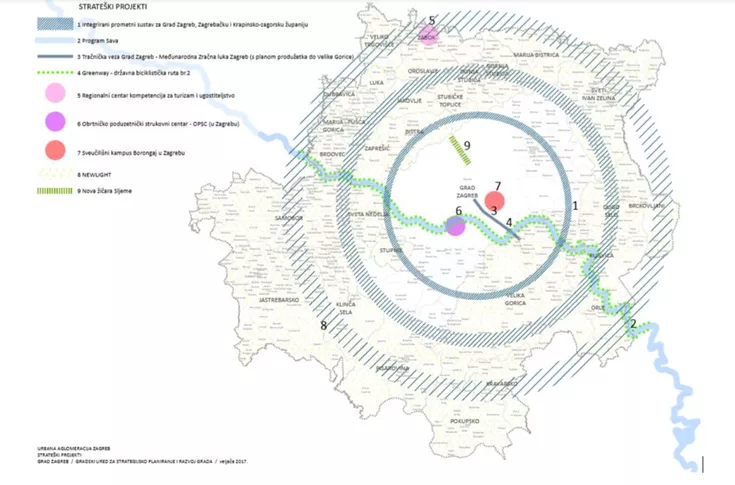
Other best practices
About this resource
In 2021, the European Commission launched a pilot project to improve functional area approaches in the EU and has partnered with the World Bank to implement this initiative. As part of the project, the project team collaborated with 12 functional areas from seven EU countries, providing them with tailored technical support and assistance: Zagreb Urban Agglomeration (Croatia), Brno Metropolitan Area (Czech Republic), West Athens (Greece), Lake Balaton Area (Hungary), Kalisz-Ostrów Agglomeration, Kraków Metropolitan Area (Poland), Jiu Valley and Jiu Conurbation Functional Area, Caraș-Timiș Functional Area, Cluj Metropolitan Area, Oradea Metropolitan Area, West Ialomița Functional Area (Romania), and Trenčín Functional Area (Slovakia).
Similar content
